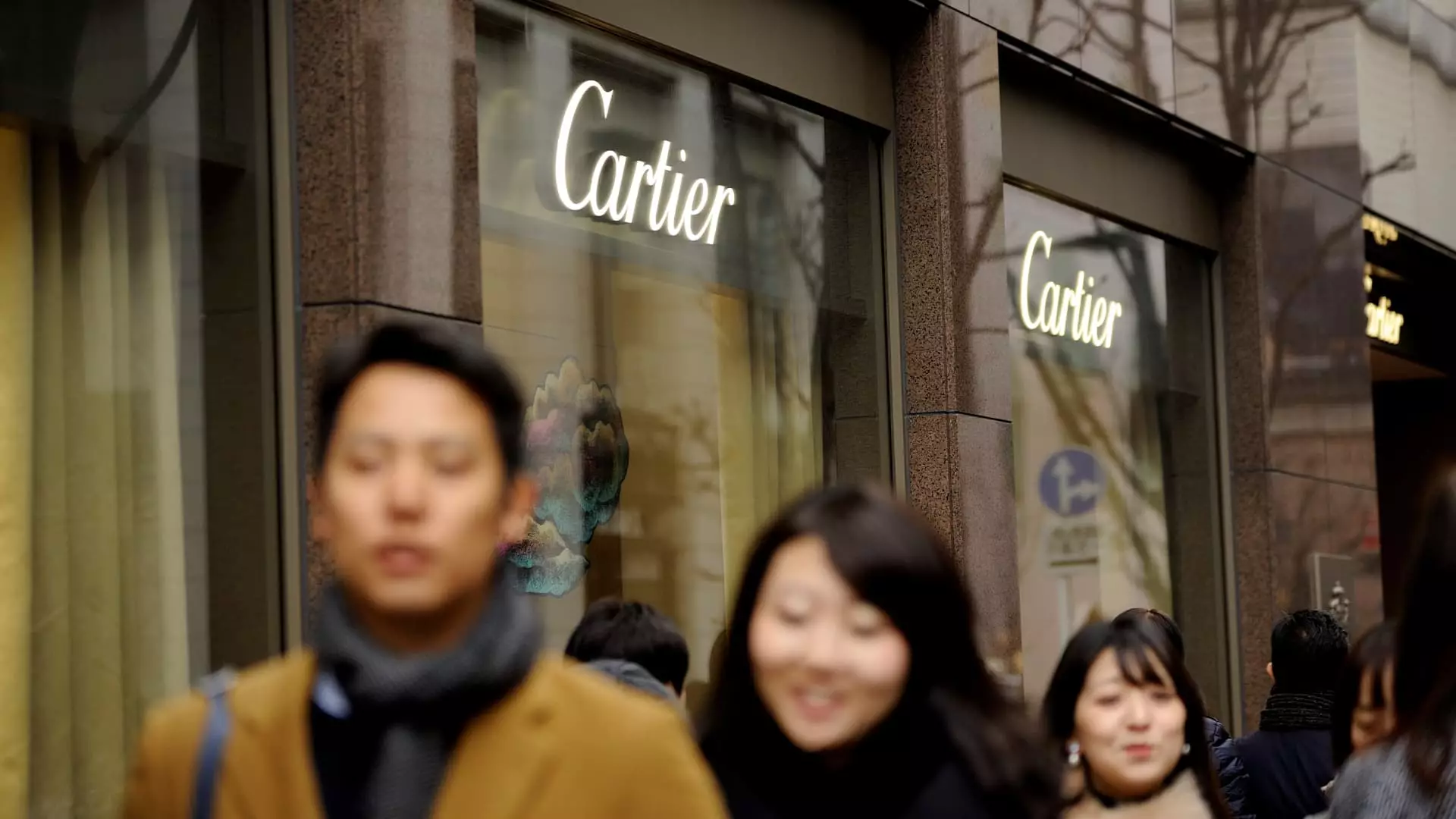The recent decline in Japan’s luxury market reveals the fragile veneer of resilience that many luxury brands, including Richemont, have clung to amidst shifting economic tides. For years, the Japanese yen’s weakness during 2024 ignited a frenzy of tourism-driven spending, temporarily transforming the country into a lucrative playground for high-income consumers worldwide. But such a boom was never sustainable; it was a house of cards built on currency manipulation and global economic imbalances. As the yen begins to strengthen again, what was once an alluring growth story now reveals its true nature: transient and vulnerable to macroeconomic shocks.
The narrative that Japan’s luxury market was an unstoppable force has been largely over-hyped. The 59% revenue surge in last year’s comparable quarter was driven by external factors—currency depreciation and international tourism—rather than organic growth or genuine domestic demand. The recent 15% decline underscores the peril of overreliance on currency dynamics, which are inherently unstable and subject to policy changes and global financial conditions. Luxury brands must confront the uncomfortable truth that their fortunes are tightly interwoven with macroeconomic policies beyond their control.
The Mirage of Market Resilience: A Clarion Call for Real Strategy
Richemont’s experience serves as a cautionary tale: while the company maintains a degree of stability through its high-end jewelry and exclusive clientele, the broader luxury industry cannot ignore the volatility that currency fluctuations introduce. The supposed “resilience” of the high-net-worth consumer is increasingly proving to be a mirage. Local demand in Japan remains positive, but that hardly compensates for the loss in tourist-based spending—a phenomenon that was driven by external currency weakness rather than an internal surge in consumer confidence.
The broader lesson here is that luxury brands should not hinge their success on transient currency movements or the whims of international tourism. Instead, they need to develop sustainable growth strategies rooted in authentic domestic demand, product innovation, and diversified markets. Relying on fleeting external stimuli not only makes the industry susceptible to shocks but also distorts the true health of the market, creating an illusion of strength that crumbles under scrutiny.
Implications for the Global Luxury Industry and Future Outlook
The setback in Japan’s luxury sector raises critical questions about the future of global luxury markets. Richemont’s mixed results—growth in jewelry but decline in watch sales—highlight the uneven impact of economic pressures, especially in regions like China, Hong Kong, and Macau. These areas continue to underperform, exposing the vulnerabilities inherent in markets heavily dependent on tourism and currency effects.
It is time for industry leaders to face a sobering reality: the allure of short-term gains from currency-driven tourism inflows can quickly turn into long-term vulnerability. The luxury sector needs to realize that genuine demand must be cultivated internally, with brands fostering deeper relationships with local consumers instead of seeking temporary peaks through external factors. Otherwise, the industry risks becoming ever more exposed to the unpredictable currents of global economic shifts, jeopardizing its longstanding prestige and stability.

